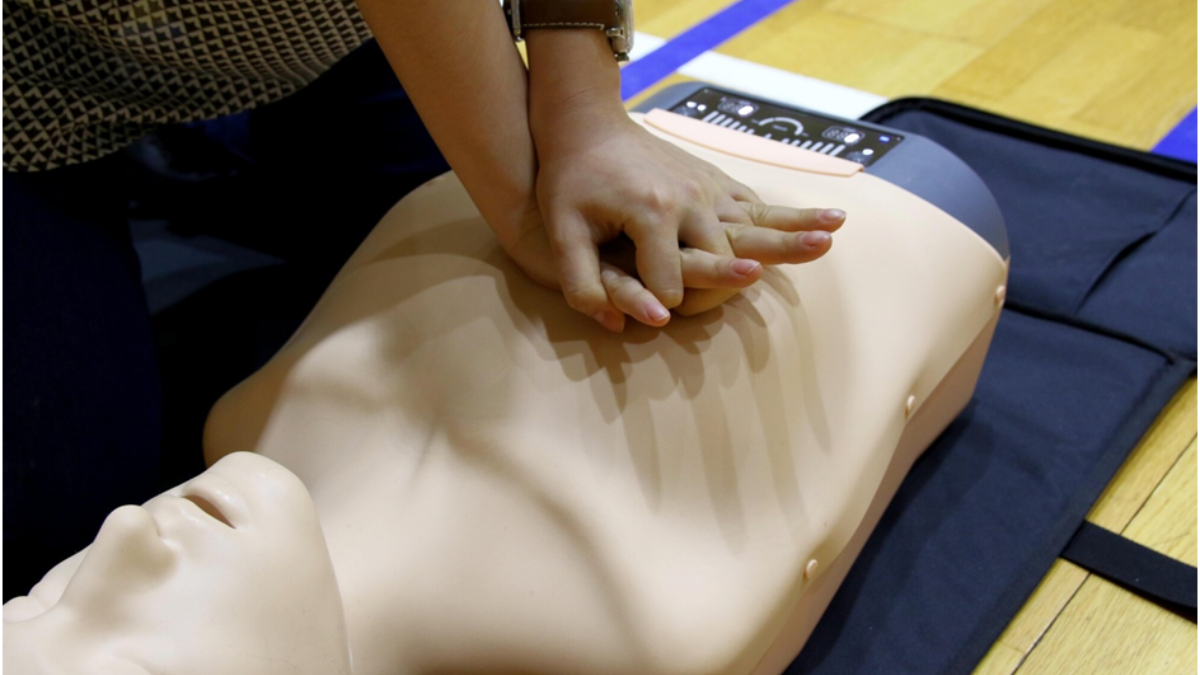Severe bleeding can become life-threatening in minutes. Knowing how to control it can save lives. First aid training and proper certification help you respond quickly and confidently.
This article will give you tips to manage severe bleeding and explain why first aid skills are important for your certification.
Understand the Basics of Severe Bleeding
Severe bleeding happens when blood loss is heavy or cannot be stopped easily. It can be from deep cuts, puncture wounds, or accidents. Recognizing the signs is the first step.
Look for large amounts of blood, continuous bleeding, or soaked bandages. If the person looks pale, dizzy, or weak, they may be going into shock. These are signals that you need to act fast.
Learn and Practice First Aid Techniques
First aid skills help you control bleeding while waiting for medical help. The main steps are simple but must be done correctly. Apply direct pressure to the wound using a clean cloth or bandage. If the blood soaks through, do not remove it; add another layer on top.
Elevating the injured area above the heart can also help slow bleeding. You may need to use a tourniquet if the bleeding does not stop. Practice these skills during training sessions so you can stay calm during real emergencies.
Get Certified with Hands-On Training
Certification ensures you are prepared for serious injuries. Programs that include severe bleeding response training teach you what to do in detail. They also allow you to practice on training models, which builds confidence.
When choosing a program, look for one that covers common injuries, bleeding control, and how to use first aid kits. For example, MyCPR NOW offers online courses that teach bleeding control and other emergency skills. Having proper certification can make a big difference when seconds count.
Keep First Aid Kits Ready and Stocked
A good first aid kit is essential for controlling severe bleeding. Your kit should include bandages, sterile gauze, adhesive tape, gloves, scissors, and a tourniquet.
Check your kit often to make sure all supplies are in good condition. Replace expired or used items right away. Keep one kit in your home, car, and workplace. Having supplies close by allows you to act fast in an emergency.
Stay Calm and Call for Help
During a severe bleeding emergency, your calm actions can save a life. Call for emergency services as soon as possible. While waiting for help, continue to apply pressure and monitor the injured person’s condition.
Reassure them and keep them warm. If they lose consciousness, be ready to perform CPR if needed. Your quick response can prevent further harm and improve their chance of recovery.
All About Severe Bleeding Response Certification
Managing severe bleeding requires proper first aid skills and the right supplies. By learning how to apply pressure, use bandages, and call for help, you can make a real difference in an emergency.
Certification training gives you the knowledge and confidence you need to respond. Being prepared is the best way to protect yourself and others when accidents happen.
Looking for more tips and ideas? We’ve got you covered. Check out some of our other posts now.









